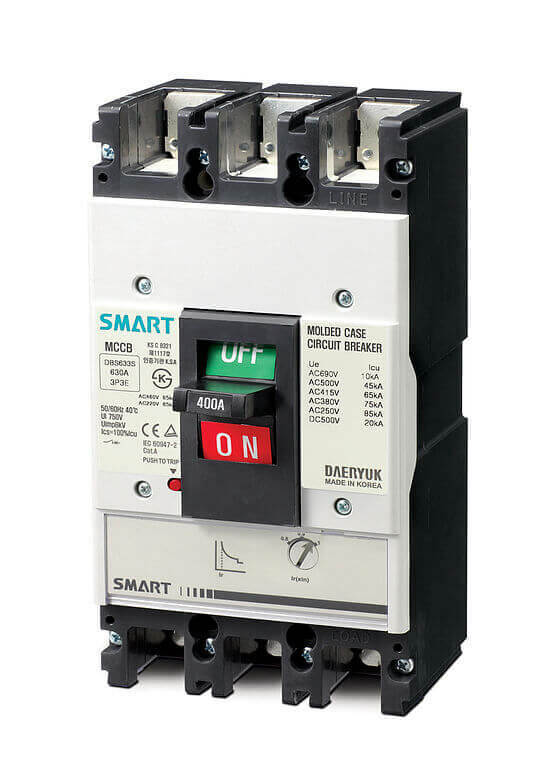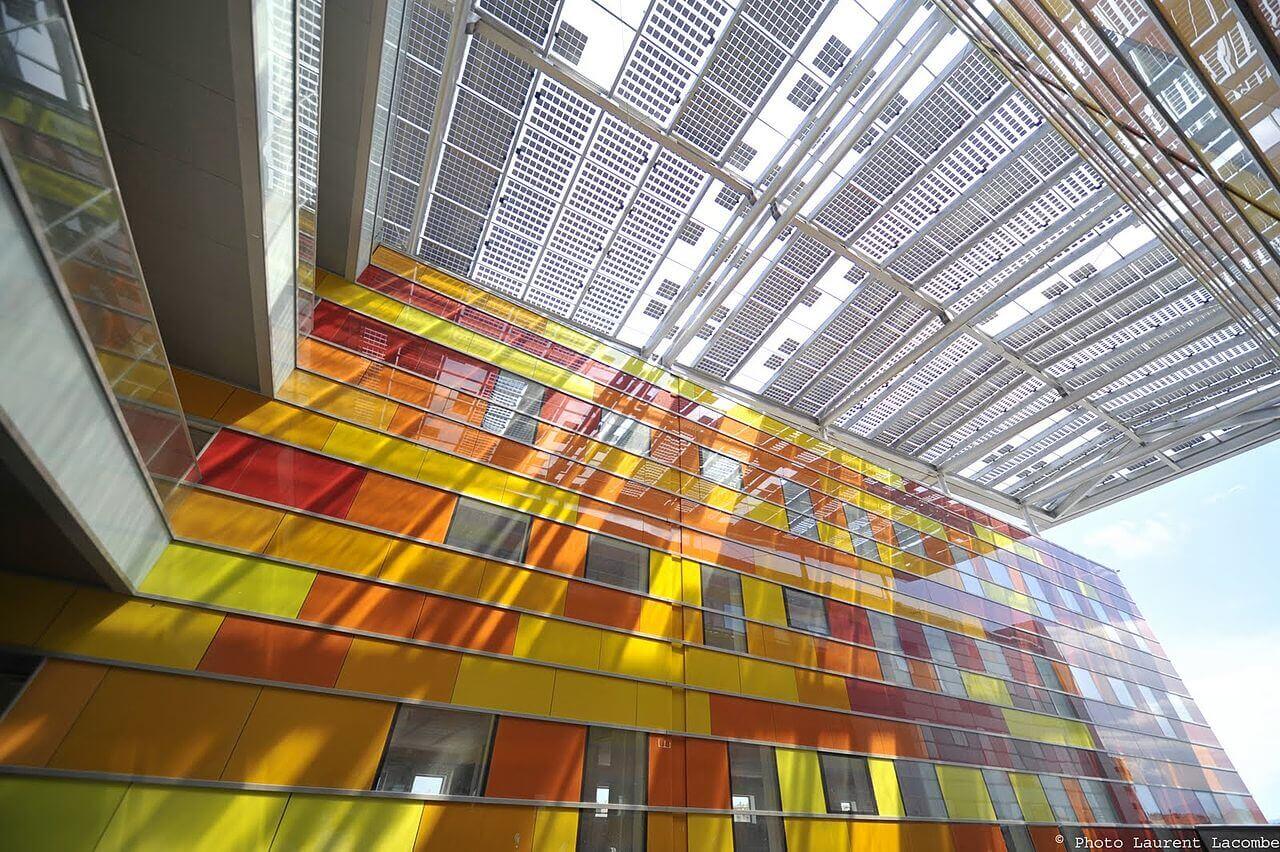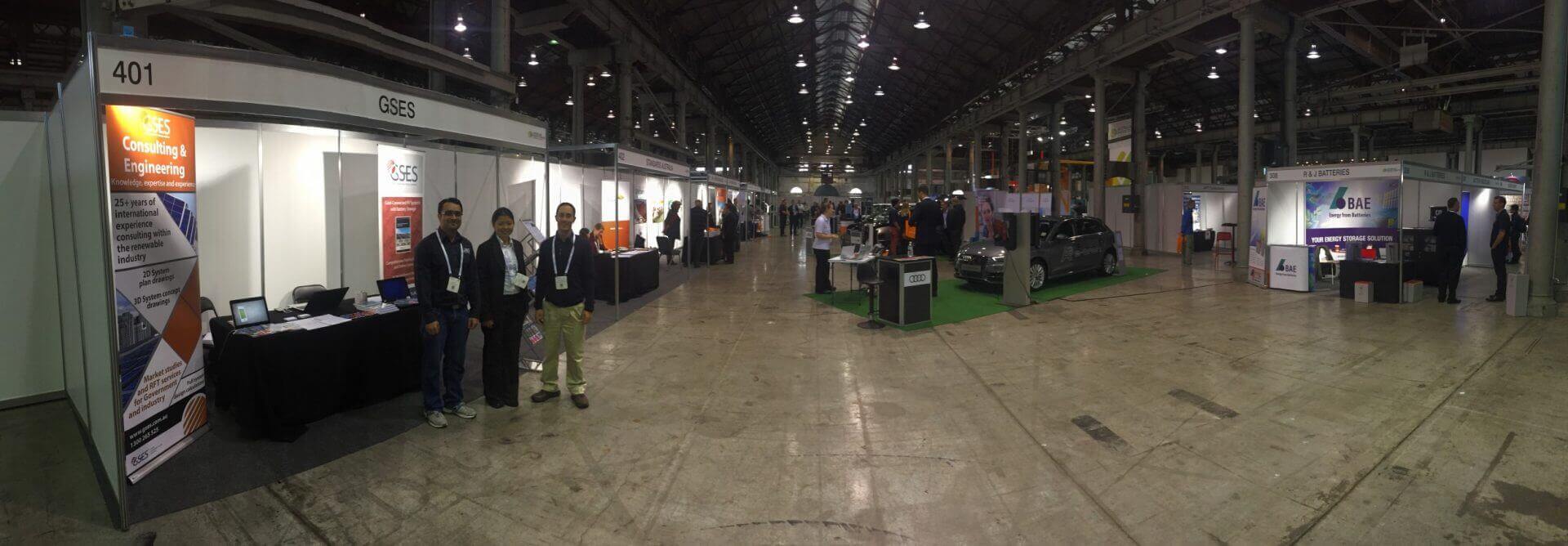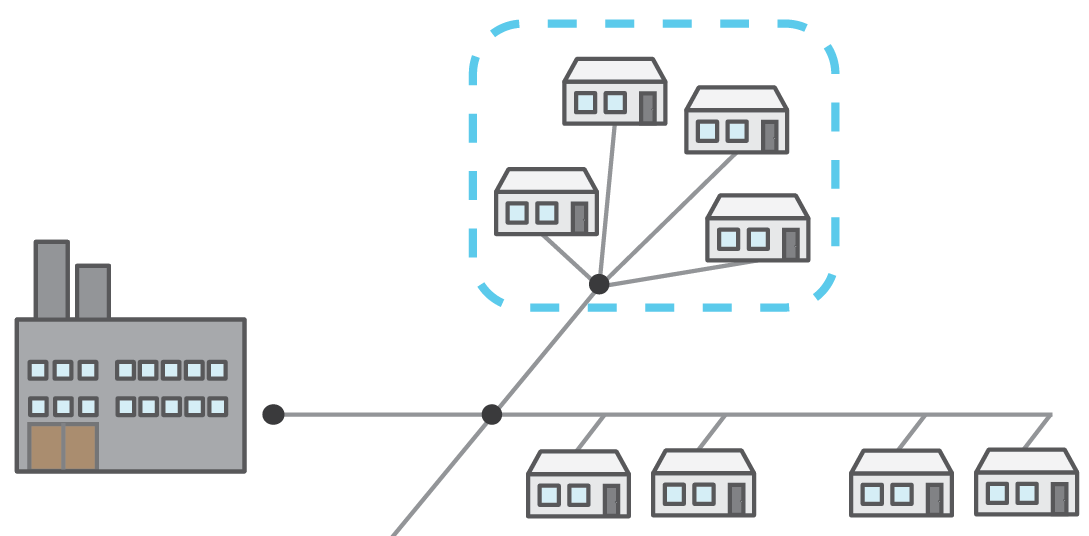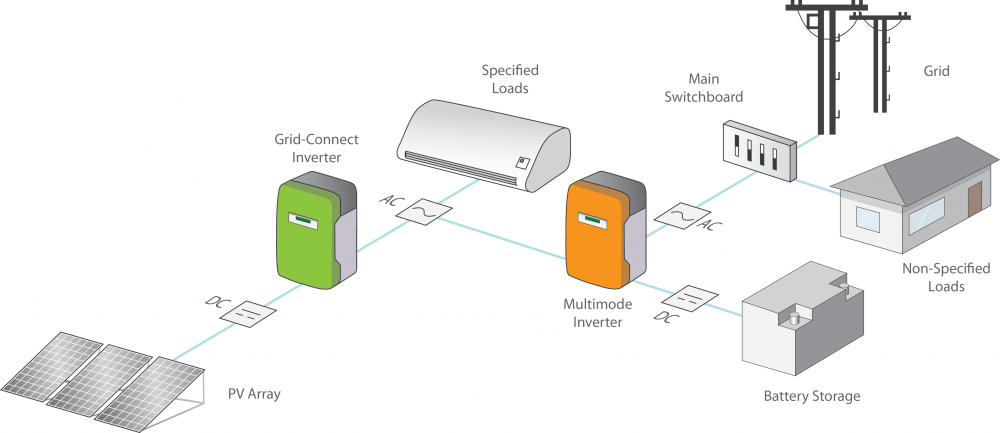If you are an accredited solar designer or installer, or aspiring to be one, you may have heard of CPD points. This article will run you through what CPD points are, and how you can earn them to ensure you maintain your solar accreditation. What are CPD points? The Continuous Professional Development (CPD) programme has […]
Tag: CEC
CEC Accreditation: How to launch your solar career
Moulded Case Circuit Breakers Explained
As installed system capacity continues to increase in the Australian PV market, it is valuable for system designers and installers to understand the mechanisms behind moulded case circuit breakers, and the meaning behind their ratings. A moulded case circuit breaker (MCCB) is a type of electrical protection device that is used to protect the electrical […]
Hacking the Battery Management System
First and foremost, it must be stated that GSES is very optimistic about the capability of new energy storage technology. GSES is confident that those that are involved in transition of the electricity grid are moving quickly to make new technology better, cheaper, safer and more secure. That said, a topic which has not been […]
Building Integrated Photovoltaics: What is the potential for this PV technology?
Building Integrated Photovoltaics (BIPV), as the name suggests, describe a PV system where solar PV modules are integrated within a building’s envelope, as oppose to conventional PV systems where modules are mounted on the top of existing roofs. BIPV products have been commercially available since the 1990s in Europe, but have not played a major […]
Work Recommences on Draft Battery Storage Units
The hiatus in development of the draft Units of Competency UEERE4002A – Install, Maintain and Fault Find Battery Storage Systems for Grid Connected Photovoltaic Systems, and UEERE5001A – Design Battery Storage Systems for Grid Connected Photovoltaic Systems as a result of reforms in the Vocational Education and Training sector is finally over. The reform saw […]
Transition period ending for compliance to AS/NZS 4777.2:2015
The transition period for AS/NZS 4777.2: 2015 Grid connection of energy systems via inverters Part 2: Inverter requirements will end on the 10th October 2016, only 3 months away. The majority of inverters currently on the CEC approved product list currently expires on 9th October 2016. They will be removed from the list if manufacturers […]
GSES at Australian Energy Storage Exhibition
GSES participated at the Australian Energy Storage Alliance’s Conference held at the Australia Technology Park, on 1-2 June 2016. GSES’ booth attracted much attention, especially the “Grid Connected PV with Batteries” training developed and delivered by GSES. GSES provides the training pathway to the Clean Energy Council’s “Grid Connected Energy Systems with Battery Storage” endorsement. […]
Localised networks and demand side participation
The National Electricity Market (NEM) has been traditionally set up as a two sided market which allows for participation from the Supply Side and the Demand Side. With the rapid and continuous uptake of distributed generation and storage, the terminology and regulatory framework surrounding the “two sided” approach will have to change significantly. This article […]
Professional Development for the Energy Storage Industry – Who needs it?
The ever increasing publicity and media surrounding ‘Energy Storage’ is promulgated by all sectors of the energy market: industry journalists, network operators, energy retailers, equipment retailers, wholesalers, system designers, and installers. What training is currently available for the energy storage industry? From GSES’ perspective, as an engineering consultancy and training company, the additional knowledge and […]



